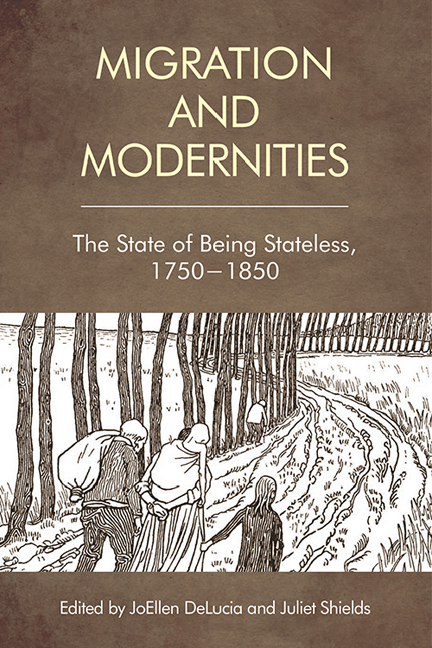3 - Transatlantic Masculinities: Military Leadership and Migration in the South American Wars of Independence
Published online by Cambridge University Press: 05 May 2021
Summary
With the French Wars over after 1815, many British sailors and soldiers returned home with few employment opportunities. Across the Atlantic, from the 1810s onward, another theater of war emerged with rebellion in the Spanish and Portuguese colonies, where Spain's control over its empire was slipping. And here, rebellion and revolution would prove exceptionally profitable for Britain, as returning naval and military officers and soldiers found the New World particularly attractive. Several thousand British mercenary officers, sailors, and soldiers, a population that Matt Brown calls “adventurers,” traveled to South America to participate in independence campaigns.
Of course, Britain and Spain had a long history of animosity dating back at least to their mutual interest in the Americas during the age of discovery. Perhaps unsurprisingly, relations between British adventurers and Spanish American Criollos (Creoles) were not always easy, as the two groups sometimes held quite different perspectives on the pursuit of independence. Karen Racine has shown that Criollo leaders, who were often educated in Spain, looked to Britain as a potential model for their future government structures. During the Wars of Independence they traveled to Europe for the express purpose of receiving aid and recognition, particularly from Britain. Although British officers hired by the Criollo governments often led campaigns, they were also led by local leaders, in the northern campaigns under Simón Bolívar and in the southern campaigns under Francisco José de San Martín. Britons and Criollos did not always agree as to how these military and naval campaigns should be waged, or what laudable military leadership entailed.
When British adventurers traveled to South America, especially after 1817 to participate in the Wars of Independence, Britain adopted an official policy of neutrality; but the Foreign Office did little to curtail Criollo agents in London looking for mercenary recruits. In early 1817, when agents of Simón Bolívar and Francisco José de San Martín began recruiting in London for the independence armies, Lord Castlereagh, Britain's Secretary of State for Foreign Affairs, did little to suppress local enthusiasm, especially as advertisements for the Spanish American independence armies regularly appeared in the British press. Until the panic of 1825, when the “bubble” of over-speculation created economic crises, British subjects left for adventures in Spanish America and tried their luck there as soldiers, entrepreneurs, and settlers.
- Type
- Chapter
- Information
- Migration and ModernitiesThe State of Being Stateless, 1750–1850, pp. 77 - 100Publisher: Edinburgh University PressPrint publication year: 2018

